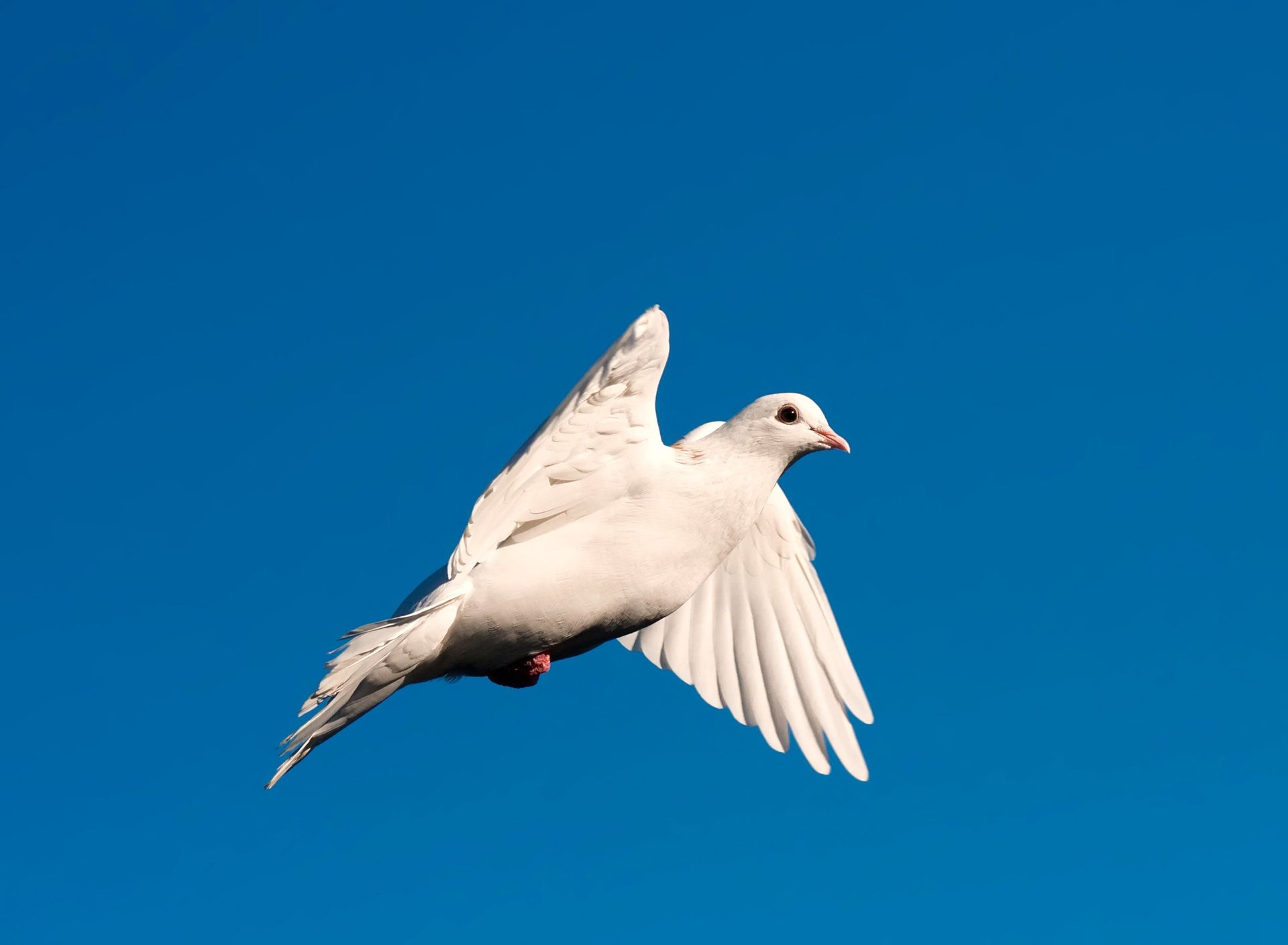Share Through Abundance

Faiho /FEY-hoh/ Faith and Hope
- Hold on with Faith and Hope, and never give up!
- Don’t procrastinate developing the perfect plan.
- Take the first step in Faith and the next step will become apparent.
- “Through all struggles, peace and assurance will prevail.
- “Questions and doubts will be turned into assurances and understanding.
- “The unknown, unseen, and unexplained can be approached with unquestioning assurance.
- “Even in the seemingly worst of times, you will recognize with peace and reassurance that, in reality, it is the best of times.” Richard C Edgley
Recommended Path:
2
- Listen to Faiho the Dove.
- Record any thoughts or impressions.
- Read through the dove facts.
- After reading the animal facts and listening to the song, how could you liken the dove to faith and hope?
- Study Faith and Hope in your core books.
- What do they mean to you personally?
- Find stories of individuals who continuously achieved through their exercise of faith and hope. .
4
2. The long, pointed wings and tail of the mourning dove enable these birds to fly fast. Mourning doves have been clocked at 89 km/h (55 mph)!
3. Doves can adapt to almost any environment. The only places in the world they are not found are in places of extreme conditions such as deserts and the Antarctic.
4. Doves mate for life. Beginning as early as seven months old, female doves can begin breeding. Females almost always lay two eggs at a time.
5. Eggs are typically laid 8-12 days after mating. The incubation period is only 18 days before the eggs will hatch. Such a short gestation period means a pair of doves can have up to nine broods a year.
6. When the chicks hatch, both the male and female parent secretes a cottage cheese type of milk called “crop milk” to feed them for the first three days of their lives. This milk is richer in protein and fat than milk produced by mammals.
7. Doves are primarily seed-eaters, not insect-eaters. When they grab seeds off the ground, they are not necessarily eating them—they are saving them for later. The seeds collect in the “crop,” which is simply an enlarged part of their esophagus. They will digest this food source at another time.
8. What else can you learn about doves?


